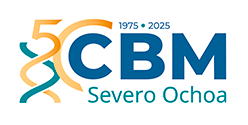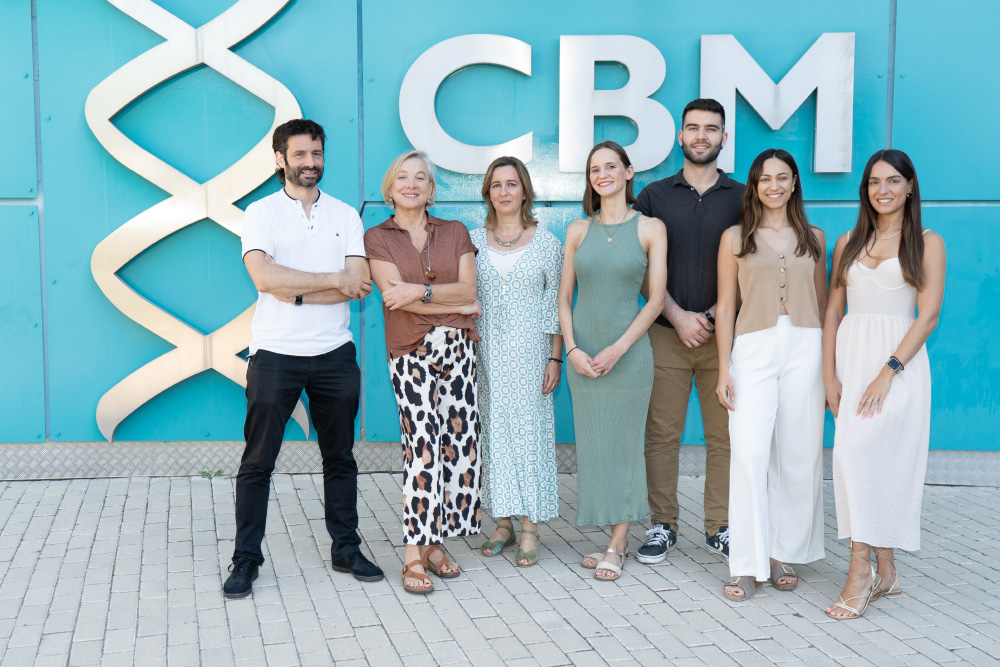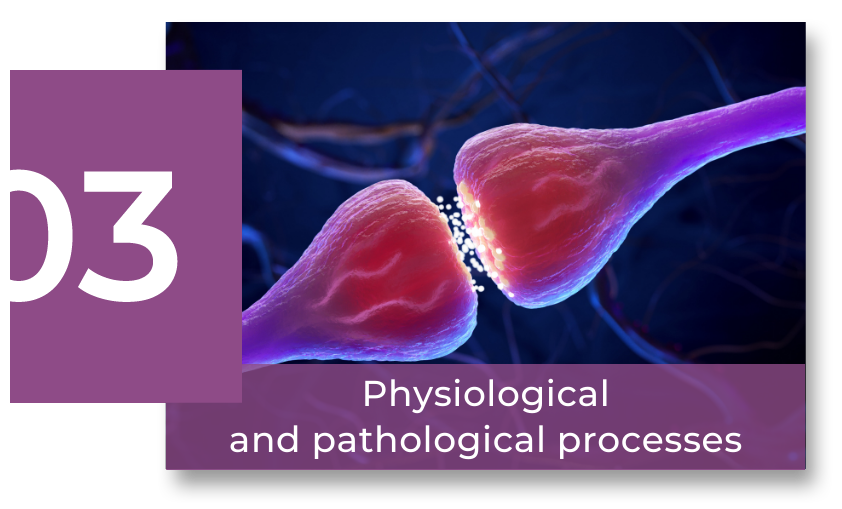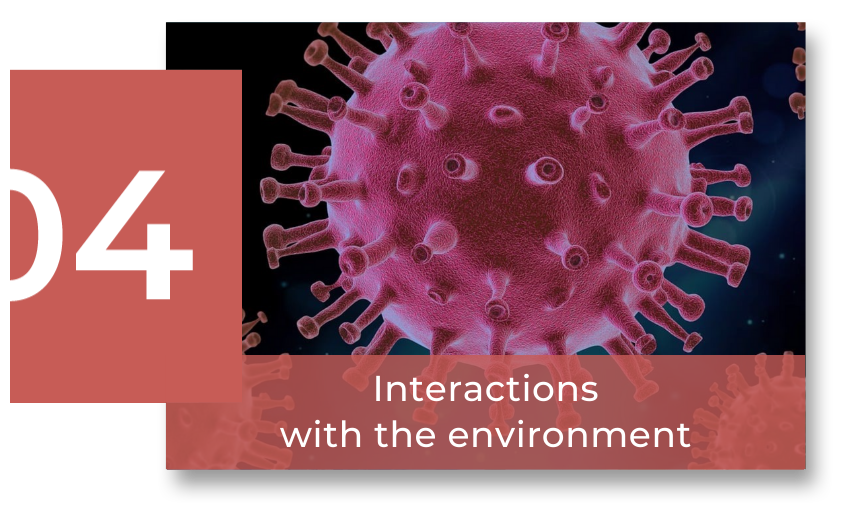Scientific Program
Interactions with the environment
RESEARCH GROUP
Virus-Cell interaction. The ASFV model

Yolanda Revilla
Dr Revilla’s laboratory studies different molecular aspects of the interaction of African swine fever virus (ASFV) with its target cell, addressing the mechanisms of tropism, virulence genes and viral control of the immune system. This has allowed us to generate vaccine candidates using CRISPR/Cas9. ASFV represents the largest animal pandemic worldwide, and the development of safe and effective vaccines is urgently needed.
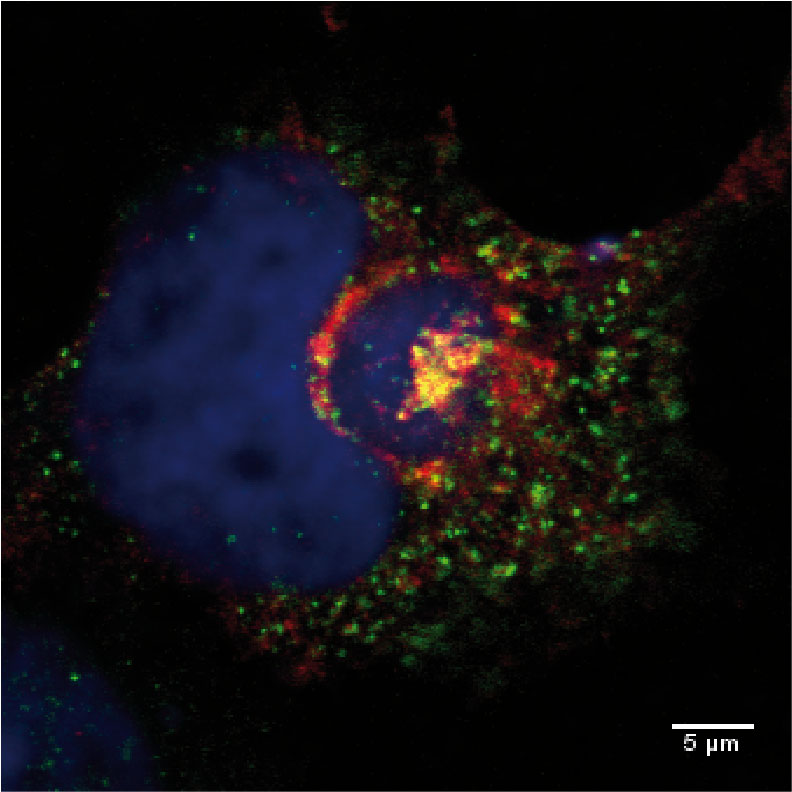
Research
The African swine fever virus (ASFV) laboratory, directed by Dr. Yolanda Revilla, studies the complex viral and cellular mechanisms that occur during ASFV infection. The natural target cell of this virus is exclusively porcine monocytes and macrophages, so the viral and cellular factors that determine its tropism are a focus of attention in our laboratory. Another relevant objective is the molecular mechanisms involved in ASFV virulence, which are directly related to the control that the virus exerts on different branches of the immune response of the infected animal, and, in particular, on the innate response by regulating type I IFN, as we have described in the group. In addition, we are interested in generating vaccine candidates against ASFV based, fundamentally, on live attenuated vaccines (LAVs) and, very recently, also based on only partially replicative prototypes, which constitutes a first in the field and would be a great advance in terms of safety. To this end, we addressed the study of virus-host interaction using cell biology, biochemical, microscopy and cytometry techniques, together with the generation of recombinant viruses using CRISPR-Cas9 technology (adapted to ASFV biology by Dr. Daniel Pérez Núñez, senior postdoc in the group), as well as their genetic characterization using NGS techniques such as Illumina and Nanopore. We also collaborate actively with other research centers and companies, both in Spain, Europe and Asia, to analyze and evaluate the behavior of ASFV in vivo, as well as the protective immune response of the different vaccine prototypes.
ASFV infects domestic pigs and wild boars and is currently the great animal pandemic, being the biggest problem of the world swine industry as well as being responsible for a major ecological calamity. Since 2007 an outbreak in the Caucasus, ASFV has been spreading through Russia towards Eastern Europe, and is now widespread in Europe, Asia (particularly China) and Africa, where it is endemic, as well as being present in Oceania and the Caribbean, seriously threatening to further spread to the Americas. Molecular studies of virus-cell interaction, as well as the generation of vaccine prototypes, will contribute in the mid and long term to contain and prevent the great threat currently represented by ASFV.
Group members

Yolanda Revilla Novella
Lab.: 225 Ext.: 4570
yrevilla(at)cbm.csic.es

Carmen Mª Sánchez-Valdepeñas Villegas
Lab.: 225 Ext.: 4598
csanchez-valdepenias(at)cbm.csic.es

Daniel Pérez Núñez
Lab.: 225 Ext.: 4598
daniel_perez(at)cbm.csic.es

Gonzalo Vigara Astillero
Lab.: 225 Ext.: 4598
gvigara(at)cbm.csic.es

Roberta Piredda
Lab.: 225 Ext.: 4598
rpiredda(at)cbm.csic.es

Julia Gata de Benito
Lab.: 225 Ext.: 4598
julia.gata(at)cbm.csic.es
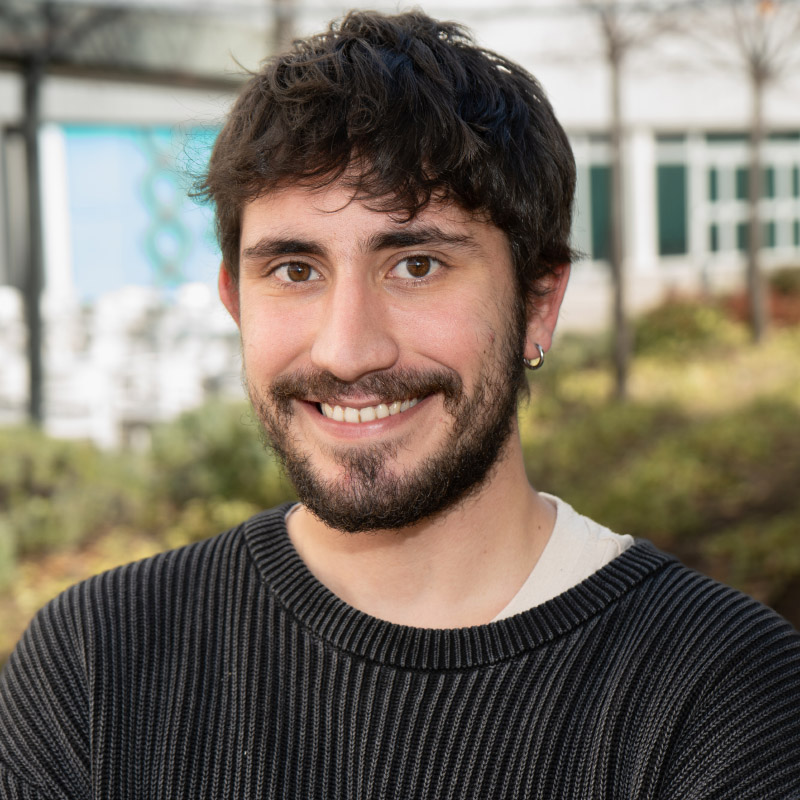
Raúl Díaz Subero
Lab.: 225 Ext.: 4598
raul.diaz(at)cbm.csic.es

María Mercedes Montón Peco
Lab.: 225 Ext.: 4598
mmonton(at)cbm.csic.es
Selected publications
African Swine Fever Virus Uses Macropinocytosis to Enter Host Cells
Elena G. Sánchez et al.

African Swine Fever Virus Armenia/07 Virulent Strain Controls Interferon Beta Production through the cGAS-STING Pathway
Raquel García-Belmonte et al.

Recombinant African Swine Fever Virus Arm/07/CBM/c2 Lacking CD2v and A238L Is Attenuated and Protects Pigs against Virulent Korean Paju Strain
Daniel Pérez-Núñez et al.

Signal peptide and N-glycosylation of N-terminal-CD2v determine the hemadsorption of African swine fever virus
Daniel Pérez-Núñez et al.
